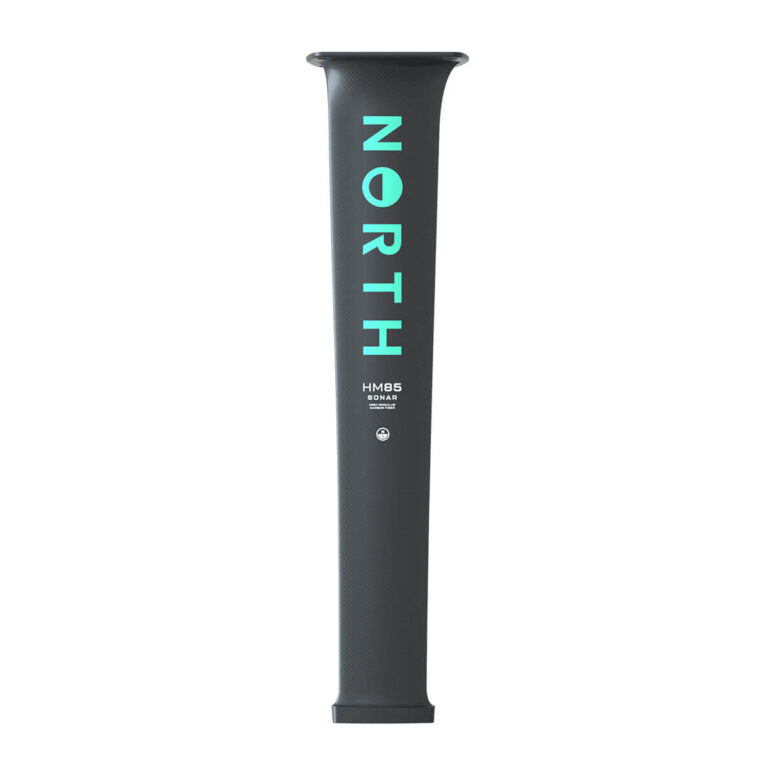

When you purchase gear through links on our site, we may earn a small commission. Here’s why you can trust our tests and our affiliate partner.

North have been steadily building out their foil offering to meet the demands of all facets of the foiling world. The surf focused SF wing series has been a fantastic addition and – for prone riding – has proven itself to be up there with the best, with the MA wings being a great option for winging in all conditions, the HA series being available for those who want to crank the speed dial up to 11, and then the Pump and Downwind wings rounding out the collection.
So, with a comprehensive range of wings now available to meet the needs of all riders, attention has shifted to the element at the heart of the whole system: the mast. As foiling develops, so have materials (as well as the knowledge of how best to apply their attributes to the specific demands of foiling) and there have been several brands arriving with their stiffer / lighter / better High Modulus (HM) or Ultra High Modulus (UHM) masts. North’s Sonar HM Carbon Mast is a combination of HM and UHM carbon and has been a while in the creating. Aside from shaving some weight off, the headline stat for the North HM mast is that it is 15% thinner and also has a significantly reduced chord length, particularly as you get down towards the business end of the mast.
North have also tailored the mast lengths to their expected/recommended uses. So there is an 80cm geared towards prone riding, an 85cm as an all-rounder and a 105 designed with the racers and for kite foilers. Each length has been built with the specific demands of its dedicated use in mind.
We had the 80cm on test and – lined up against the 85cm Sonar CF – the reduced chord width is striking. So, in simple terms, you have less mast both in terms of thickness and in terms of chord length in the water. Plus you have a stiffer mast to the step up in carbon stiffness.
So, how does this translate in the water? We primarily used the mast with a Foil Drive but also had a couple of sessions on the wing with it. For riding in the waves, there is a clear and immediate difference – the stiffness is perhaps harder to gauge but the reduced chord width gives the foil a generally much more responsive and racier feeling. Being a little shorter than the 85cm I had been riding also meant riding a little higher on the foil and it feels like there is very little mast in the water, and turns are tighter and crisper. It does take some adjusting too as it almost feels like dropping a wing size, but once you are tuned in you can confidently engage in turns and really commit to cutting back. It’s hard not to use cliched terms but generally, the HM just feels ‘sportier’. For beginner / intermediate riders it may even be a little too much, but if you are riding quickly and looking to improve your overall performance and engagement with the foil then it’s a definite step up.
For winging the Sonar HM provided a generally crisper feeling, I would say it is less pronounced than when wave riding, but I think that is generally the case when you are deriving more power from the wing. Overall though you can feel the difference – particularly in transitions – and there is a clear gear change compared to the regular masts.
So overall we were impressed. It’s a step up in performance, but also in price-point so if you have to choose between this and another wing for your quiver then, well, good luck!